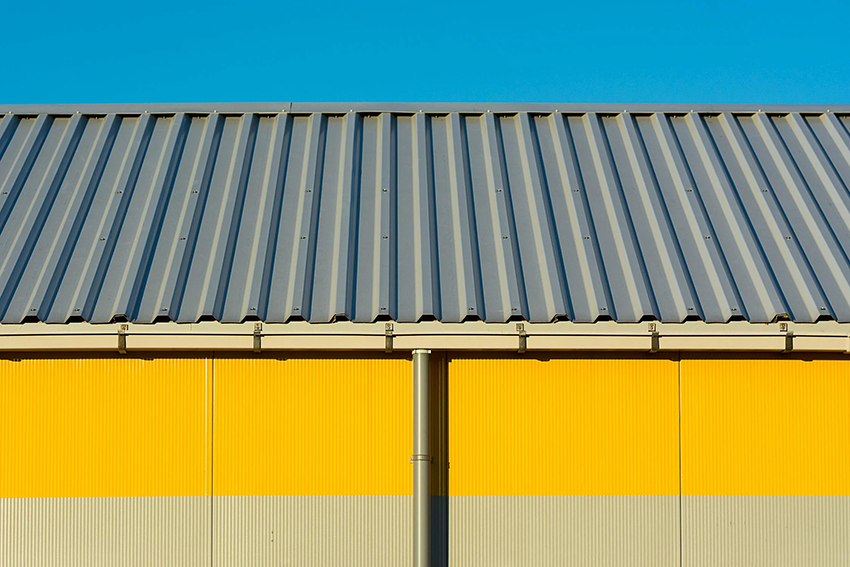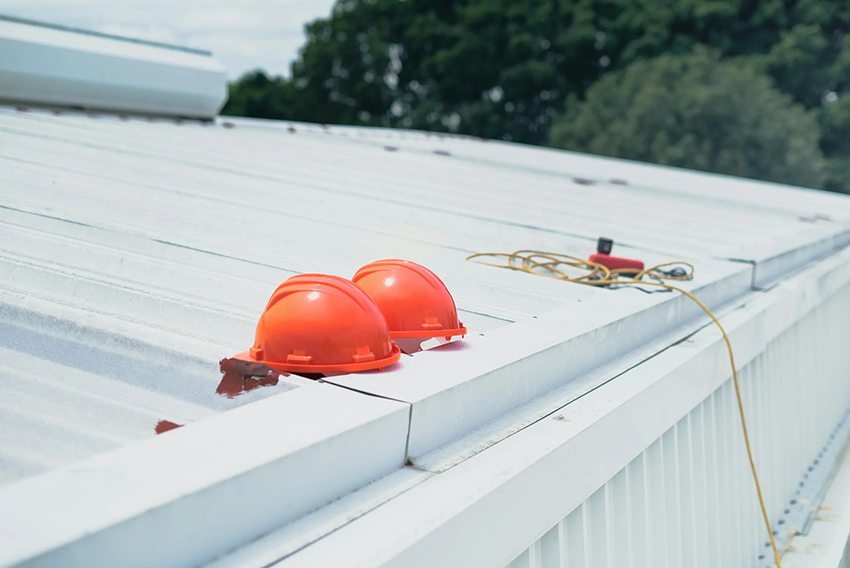
Moving into a new home should be exciting, but hidden problems can cause serious delays. ‘Invisible’ roof damage is one of the most overlooked issues that can ruin your plans. A roof may look fine at first glance but still have underlying problems that lead to costly repairs. Many homebuyers focus on interior spaces, plumbing, and electrical systems while assuming the roof is in good condition. This assumption can be a big mistake.
What is ‘Invisible’ Roof Damage?
Many roof problems remain hidden until they start causing visible damage and require immediate repair. Leaks, structural weakness, trapped moisture, and insulation problems can go unnoticed for months or even years. These issues often develop beneath shingles, inside the attic, or within insulation. A quick visual check rarely reveals them, making professional inspections necessary.
Even newer homes are not immune. Poor installation, low-quality materials, or previous weather damage can cause issues not visible from the outside. Sellers may also apply cosmetic fixes to hide problems. For example, they might paint over water stains or replace only a few shingles to make the roof appear newer.
Signs of ‘Invisible’ Roof Damage You Can’t Ignore
Many homeowners only notice roof problems once water damage becomes severe. However, there are subtle warning signs to watch for.
Stains on ceilings and walls are a strong indicator of leaks. These stains may look harmless but often suggest water is seeping through the roof structure. The longer water remains trapped, the worse the damage becomes.
Sagging roof sections indicate serious structural weakness. A roof should have a uniform, even shape. If any area appears to dip, it may mean rotting wood, weakened support beams, or excessive moisture buildup. Left unchecked, this can cause part of the roof to collapse.
Granules in gutters signal shingle deterioration. Over time, shingles lose their protective outer layer, reducing their ability to resist rain, wind, and UV exposure. If you find excessive granules in the gutters, the roof is likely near the end of its lifespan.
Subtle drafts or uneven temperatures inside the home may point to hidden cracks or gaps. Air leaks reduce energy efficiency, forcing heating and cooling systems to work harder.
A persistent mold or mildew smell inside the home suggests trapped moisture. Even if mold is not yet visible, its odor can indicate roof leaks or poor ventilation. Mold spreads quickly and can cause health issues if not addressed.

Preventive Steps Before Moving Into a New Home
Taking the right precautions before moving in is essential to avoid unwelcome surprises. One crucial step is a thorough roof inspection, which can reveal hidden damage before it turns into a costly repair. Many homebuyers focus on aesthetics, overlooking potential roofing issues that can lead to significant expenses.
A general home inspection may not always catch underlying roof problems, so hiring a roofing specialist ensures a more detailed evaluation. Checking past maintenance records is also key—frequent repairs could indicate persistent issues or poor installation. If records show repeated leaks, further inspection is necessary to prevent future headaches.
In addition, inspecting attic insulation and ventilation can help detect hidden moisture problems. A damp or musty attic could signal roof leaks that need immediate attention. Examining flashing and seals around chimneys, vents, and skylights is another important step, as faulty or deteriorating flashing can allow water to seep in and cause damage.
Beyond securing your home’s structural integrity, making informed decisions when hiring movers is equally important. Choosing the right moving company ensures your belongings are handled carefully, so get all the answers you need before signing any contracts. Ask about their services, licensing, insurance, and customer reviews to ensure you work with a reputable provider. Taking the time to research both your home’s condition and your moving company can save you from unnecessary stress and unexpected expenses.
How Roof Damage Remains Hidden During Inspections
A standard home inspection does not always uncover roof problems. Many inspectors focus on visible defects but do not check beneath the surface. That means moisture trapped under shingles, damaged insulation, or minor leaks may go unnoticed.
Sellers sometimes cover up signs of damage to make the home more appealing. Fresh paint, patched ceilings, or minor roof repairs can hide more serious underlying problems. Without an in-depth evaluation, buyers may assume the roof is in excellent condition when it is not.
Attic spaces often conceal significant water damage, especially when insulation absorbs moisture. A casual glance may not reveal issues, but a professional can use tools to detect trapped water, mold growth, and structural weakness.
Also, look for previous storm damage. Severe weather can cause hidden cracks, loosened shingles, or structural damage. If the area has experienced strong storms, a detailed inspection is essential.
The season also plays a role. Roof damage is harder to detect in dry weather. A leak that only occurs during heavy rain might not be visible during a sunny day inspection. That is why checking a roof’s history and conducting multiple inspections is critical.

The Costly Consequences of Overlooking Roof Issues
Ignoring ‘invisible’ roof damage can lead to severe problems. Small issues quickly escalate, resulting in expensive repairs and long-term damage.
Structural damage worsens over time, affecting the home’s overall stability. Moisture reaching the wooden framework can cause warping, rot, and deterioration. That weakens the entire structure, increasing the risk of collapse in extreme cases.
Mold growth is another major concern. A leaking roof provides the perfect environment, as mold thrives in damp, poorly ventilated areas. Mold remediation is expensive, and exposure to mold spores can cause respiratory problems, allergies, and other health issues.
Rising energy bills often result from roof damage: gaps, cracks, or inadequate insulation force HVAC systems to work harder to maintain indoor temperatures. Over time, this energy inefficiency leads to higher electricity and heating costs.
Unexpected repair expenses can disrupt financial plans. Depending on the severity, roof repairs can range from a few hundred dollars to tens of thousands. If damage is severe, roof replacement may be the only option. That is a cost most homeowners want to avoid after moving into a new home.
Why Homebuyers Must Prioritize Roof Health
A solid roof is essential for home protection. It shields against rain, wind, and extreme weather, ensuring safety and comfort. Many homebuyers focus on interior features while overlooking roof integrity, which can lead to major problems down the road.
Investing in proper inspections prevents financial strain. A few hundred dollars spent on an inspection can save thousands in future repairs. Ensuring roof quality also adds property value. A well-maintained roof makes a home more attractive to buyers if you ever decide to sell.
Alt: Gray iron roof sheet
Capt: A solid roof is essential for home protection
Don’t Let ‘Invisible’ Roof Damage Derail Your Move
Ignoring ‘invisible’ roof damage can cause unexpected repairs, financial stress, and delays. Many issues remain hidden until they cause serious damage. Leaks, insulation problems, and structural weaknesses can all go unnoticed without a thorough inspection.
A detailed roof check before moving in prevents costly surprises. Hiring a professional, reviewing maintenance records, and examining attic conditions help identify hidden problems. These steps protect your investment and ensure a smooth, stress-free move-in experience.
Before finalizing your home purchase, ensure the roof is in excellent condition. Your home’s safety and longevity depend on it.
Meta: Learn how ‘invisible’ roof damage can ruin your move-in plans and what to check before buying a home with additional tips and advice
Kw: ‘Invisible’ roof damage

